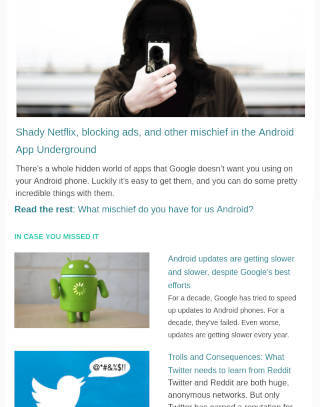

Bitcoin's Lightning Network doesn't require you to open a channel for each person you want to pay
Just like the web doesn’t require you to have a direct connection between your laptop and the website you want to access, lightning doesn’t require you to have a direct connection between you and the person you want to pay.
Instead, you only need a channel with one node that is connected to the network. If you want to pay someone, your transaction is routed safely from you, via intermediate nodes, to the person you want to pay. In this way it’s similar to having a connection with your ISP, which then enables access to everyone else on the network, except in this case you could open a connection to a friend or peer, rather than a large central authority.
For example
If you want to use your own wallet, you would only need to open a channel to anyone else on the network. You don’t need to trust the other users on the network, as it is fundamentally a trustless network. In theory, you could open a channel with any other connected user. In practice, there will probably be a huge number of nodes run by enthusiasts, as well as more centralized hubs run by trusted parties, by wallet providers, or by exchanges.
You’ll want to have a few channels open, to anyone else on the network who also has a few channels open to others. Reason is this increases your odds of being a node used to route a payment between two other parties, in multiple directions. This gets a bit tricky to understand, so bear with me.
As you pass on someone else’s funds as part of a route, your channel to one party will decrease in balance, and your channel to the other party will increase. Not to fear though, as payments going through the other way will rebalance the channels. This is why you want to be somewhere in the middle of the network, because your odds of having channels that are sufficiently balanced increases.
If somehow you find yourself with one channel empty and the other full, your payments will be routed via that node instead. So having a few channels open should be sufficient to allow for transparent payments to anyone on the network at all times.
Channel sizes and finding a route
It is true that nodes sitting between you and the person you’re paying will need to have more bitcoin in their channel than you’re sending. However it is likely that there will be many such routes available.
Given that opening a channel requires an on-chain transaction - with associated transaction fee and confirmation time - it is likely that users of the lightning network will fund just a small handful of channels in order to make many payments over a long period of time. This means the average channel will be many times the size of the average transaction.
Importantly, having only a small amount of routes is unlikely to be the case. Whether the network is primarily composed of smaller peers with a handful of connections or larger hubs with dozens, it is likely that given the sheer amount (tens of millions) of bitcoin users, that there will be many routes through the network, even if a small percentage become lightning users.
Like most emergent networks, such as the internet itself, a decentralised network of many nodes and many hubs is likely to form, simply as a result of the fact that some users will have a small amount of channels, some will have many, and everyone will want to be connected to everyone else.
While this isn’t a certainty, the promise of near-instant, near-free transactions will draw a large amount of users, each with channels contributing to the network. One need only look at the current Lightning Network to see what kind of topology we can expect.
For more analysis, I recommend having a read of Murch’s post on the matter, he maintains a viewpoint that doesn’t lean unreasonably to any particular side.


Comments
Share your thoughts, post a comment